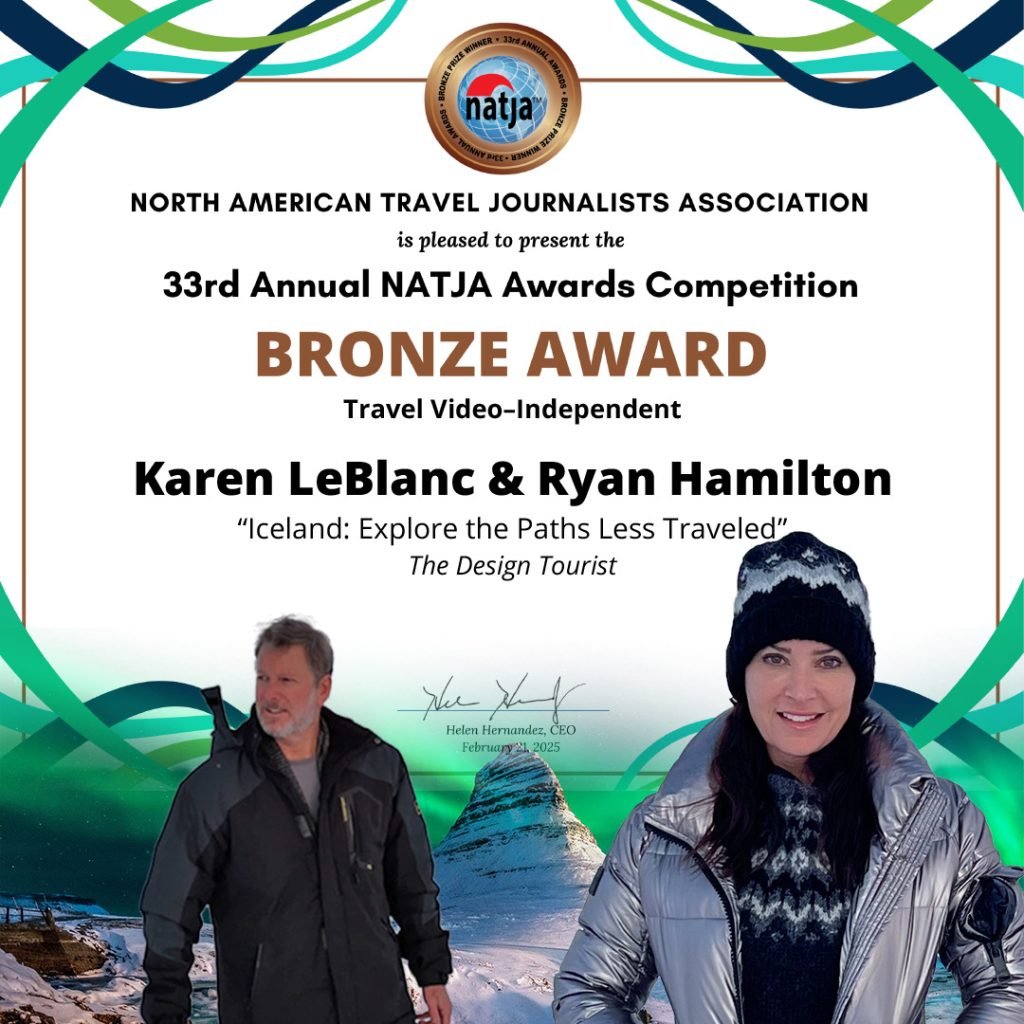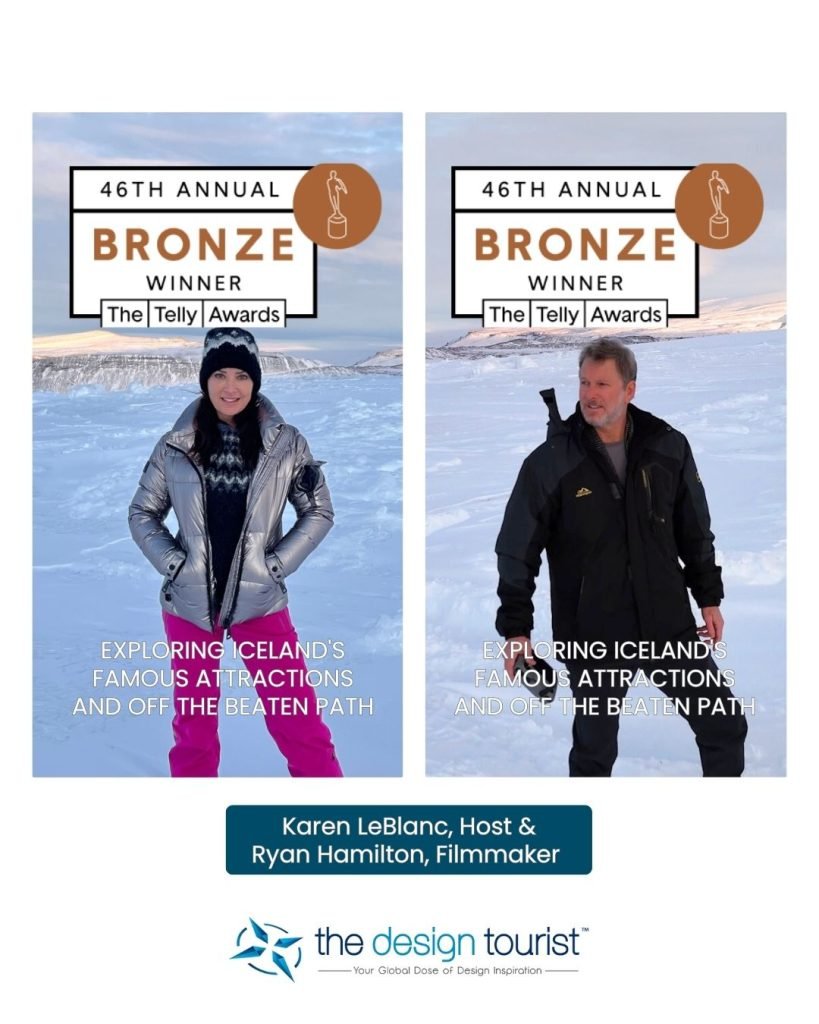Most people visiting Mount Rushmore usually stick to the same checklist: snap a selfie at the viewing deck, grab a magnet from the gift shop, and drive off before the traffic builds up. That’s fine for a postcard moment, but to truly experience what makes this one of the most fascinating corners of the United States, you’ll want to venture beyond that.
It might seem to be just a backdrop to four presidential faces, but the Black Hills are a living landscape of history, wilderness, and culture that rewards anyone willing to dig deeper. And yes, there are plenty of free things to do near Mount Rushmore that beat the crowds and feel far more authentic than any souvenir stand.
The Real Black Hills Begin Where the Parking Lot Ends
Mount Rushmore is impressive—no doubt about that. But the moment you leave its paved trails, you’ll start to understand why the Lakota once called this area “The Heart of Everything That Is.” Just drive a few miles, and the vibe changes. The air smells like pine and granite dust. The crowds thin out. The sounds of chatter and camera clicks fade, replaced by the quiet rhythm of nature.
One of the best introductions to this side of the Black Hills is Custer State Park, located just 30 minutes south of Mount Rushmore. It’s home to over a thousand free-roaming bison, crystal-clear lakes, and granite peaks that rival any national park—and there’s no shortage of things to do in Custer State Park for every kind of traveler.
The Needles Highway alone is worth the trip—narrow tunnels carved through ancient rock and hairpin turns that suddenly open to breathtaking vistas. Most tourists never make it there, so those who do are in for a special experience.
If you’re traveling to South Dakota for Mount Rushmore but finding the Black Hills, you’re not alone. Discover why more travelers are taking time to experience it all.
Walking in the Footsteps of History (and Respecting It)
Mount Rushmore is both an engineering marvel and a reminder of stolen land. The truth is that the mountain itself was originally sacred to the Lakota Sioux, known as Six Grandfathers Mountain. Understanding this duality makes any visit more meaningful.
If you’re going to appreciate this area beyond the surface, visit the Crazy Horse Memorial. It’s an unfinished, massive sculpture still being carved out of Thunderhead Mountain. It’s a statement that Native history deserves to be told on the same monumental scale. The on-site Indian Museum of North America and the Native American Educational and Cultural Center add vital context to the region’s story.
Beyond that, small cultural centers and art galleries in Rapid City and Hill City offer honest insights into Lakota heritage and modern Native life. This is the part that most visitors skip. Yet, it’s the most eye-opening.
Nature Trails That Outshine the Stone Faces
You can admire Mount Rushmore for ten minutes, or you can hike Black Elk Peak and feel what real South Dakota grandeur is about. Standing 7,244 feet above sea level, it’s the highest point east of the Rockies—a full-day adventure that’s rewarded with views over endless pine forests. From the summit, Mount Rushmore looks tiny, almost symbolic of how small man-made achievements are compared to the earth’s own art.
For something shorter, the Cathedral Spires Trail or Sylvan Lake Loop both offer cinematic scenery with fewer tourists and zero entry fees. Even just pulling over along the Iron Mountain Road gives you cinematic glimpses of Mount Rushmore through rock-cut “windows.” It’s free, beautiful, humbling, and reminds us that the monument is only part of a much bigger masterpiece.
Eat, Sip, and Stay Local
Look past the chain restaurants and souvenir coffee, and you’ll uncover the local flavor that makes this place truly special. Prairie Berry Winery in Hill City offers tastings of local fruit wines (the Red Ass Rhubarb is famous for a reason), and Firehouse Brewing Co. in Rapid City serves locally brewed beers inside an old firehouse.
For food, skip the overpriced gift shop cafes and try Black Hills Burger and Bun Co. in Custer or Tally’s Silver Spoon in Rapid City for upscale comfort food. Supporting local businesses is a feel-good gesture and is a way to ensure that the culture and community thrive long after the tourists have moved on.
Budget Adventures with Big Payoff
Here’s the part I wish every traveler knew: you don’t need a huge budget to experience South Dakota like a local. Between hiking trails, scenic drives, and public monuments, most of the best attractions are completely free or cost only a few dollars for parking.
A few favorites:
- The Presidents Trail at Mount Rushmore (for up-close views).
- Needles Highway and Iron Mountain Road for jaw-dropping drives.
- Sylvan Lake and Legion Lake for swimming and kayaking.
- Downtown Rapid City’s Art Alley for open-air creativity.
- And if you’re lucky enough to visit in summer, one of the most visually striking events in the Midwest, which is the Custer State Park Buffalo Roundup, is free to attend.
This is what “exploring more than the average tourist” really means. Less spending and more connecting.
Mindful Travel in the Black Hills
Traveling here responsibly doesn’t mean you need to be perfect. Locals just want people to be aware. Pack out what you pack in, respect local traditions, and support the small museums and Indigenous-run businesses that preserve the area’s identity.
In a world where tourism often feels shallow and transactional, the Black Hills reward those who slow down, listen, and look closer. You’ll come away not just with better photos, but with a better understanding of how nature, history, and culture intertwine.
Final Thoughts
Many visitors here usually come for the scenery. But what we want people to discover is the sacred land layered with complex history. The real story unfolds in the winding roads, quiet forests, and local towns surrounding it. You’ll find more truth, beauty, and meaning once you stop trying to check boxes and start exploring more than the average tourist around Mount Rushmore. If you do that, you won’t just see the Black Hills. You’ll feel them.
If you want a hand mapping an itinerary around neighborhoods and stays, reach out to the JBHRE team for local insight and recommendations.


































